Lisbon is one of the most popular digital nomad hubs in Europe. The Portugese capital has everything a digital nomad needs: a great climate, fantastic food, reliable internet and a thriving nightlife scene. It’s a friendly and safe city that makes travelers feel right at home, and it’s very affordable compared to most western European cities. It’s easy to live the high life for digital nomads in Lisbon; so easy, in fact, that you may never want to leave.


Cost of Living in Lisbon for Digital Nomads
Lisbon is a pretty cheap place to live when you consider that it’s a capital city in western Europe. In fact, it’s estimated to be 55% cheaper than London, and 60% cheaper than Paris.
If you’re willing to live a little outside of the city centre, you can expect to pay between €500-€800 per month for a one-bedroom apartment, which is roughly $600-$950. If you want to live more centrally, you’re looking at €700-€1200, or $830-$1400.

Eating and drinking out in Lisbon is very affordable. On average, an evening meal will set you back around €8-€15. A beer in a local bar should cost about €1.50 whilst a cocktail is closer to €4. Digital nomads will also be happy to learn that their much-needed coffee is very cheap (and delicious) in Lisbon at around €1 per cup – sometimes even less.
It’s also worth noting that Portugal doesn’t have such a strong tipping culture as we do here in the United States. After your meal, it’s customary to leave a few Euros’ worth of coins behind but you don’t have to calculate the tip based on the price of the meal.

Portugese Visas
ETIAS
US citizens can stay in Portugal for up to 90 days without a visa. However, as of January 2021, US citizens will have to apply for an ETIAS before they enter Portugal. This costs €7 (around $8.30) and is then valid for three years, or until your passport expires – whichever comes first. Processing takes around 96 hours, so don’t leave it until the very last minute.
Residence Visa
If you see yourself staying in Portugal for a while, you’ll need to apply for a residence visa before you travel. This allows you to stay in Portugal for four months off the bat. When you arrive in the country, you can then set about applying for a more permanent residence permit. This type of visa is digital nomad friendly, as you don’t have to work for a Portugese company in order to be allowed to stay. Self-employment is a valid reason to apply, as is receiving a pension or other form of income.
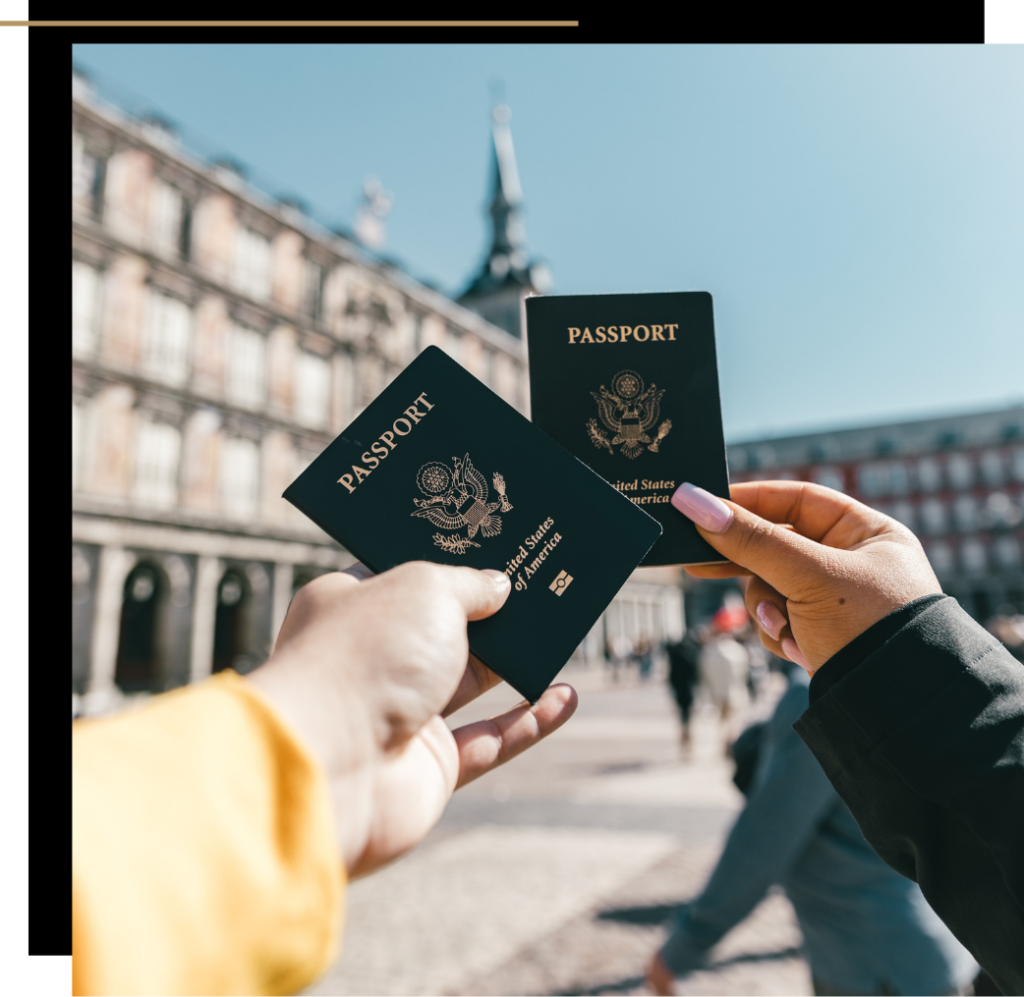

Climate
Portugal has an excellent climate. It’s warm and sunny for most of the year, with up to 29 dry days per month. It’s not too humid or sticky, which is a big plus for those of us who hate frizzy hair. In the summer, temperatures average around the high seventies, so it’s lovely and warm but not uncomfortably hot.
In winter, Lisbon gets 8-10 days of rain per month and temperatures range from 45-60 degrees. It’s definitely worth bringing a coat if you’re going to be here between December-February, but you won’t need it every day.
The one drawback of Lisbon for digital nomads during winter is the apartments don’t tend to be very well heated. This isn’t a problem for most of the year but it can be uncomfortable on the coldest days.
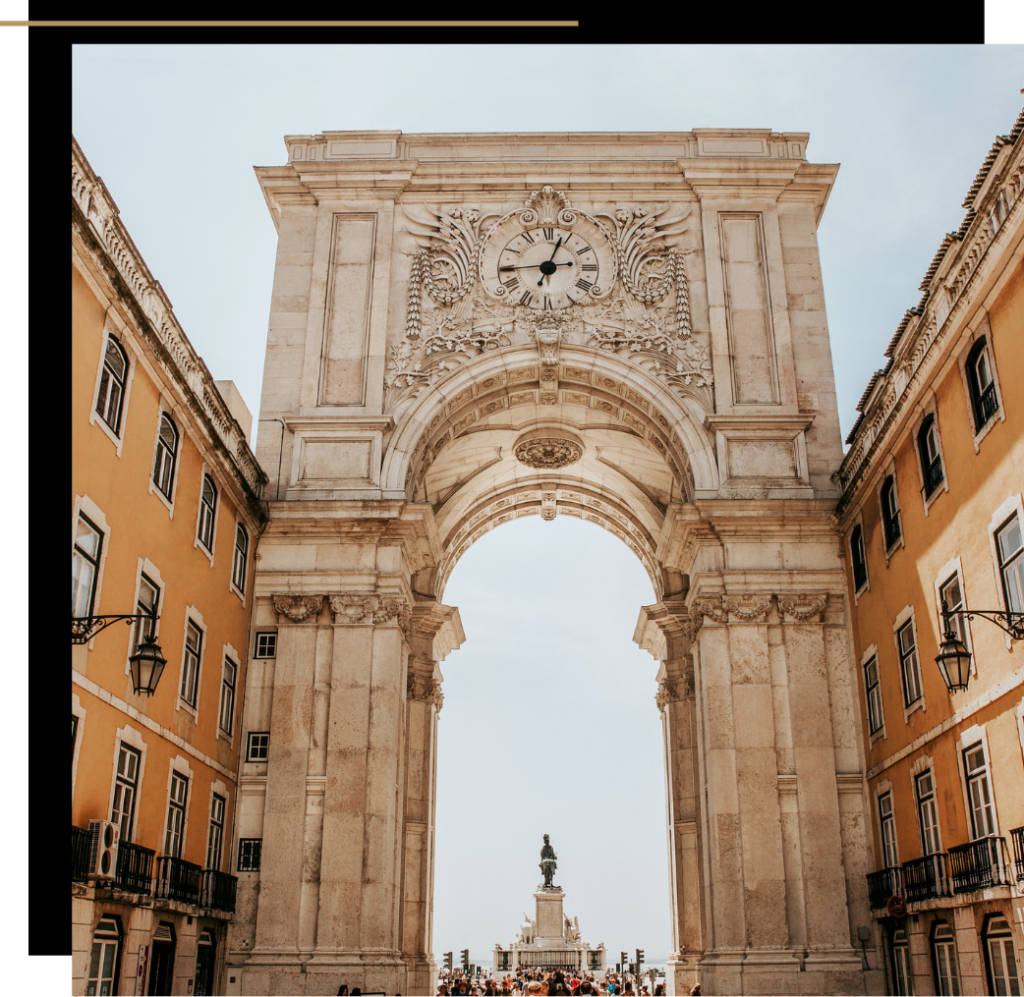

Neighborhoods in Lisbon for Digital Nomads
Cais Do Sodre
Cais Do Sodre is a classic bad-neighborhood-turned-trendy. It still looks pretty gritty, but in a hipster sort of way that many digital nomads are into. It’s home to Lisbon’s famous pink street, where you can find some of the city’s best and most interesting nightlife. I will say, though, pink street isn’t as pretty as it is in the pictures if you visit first thing in the morning due to all the debris of the night before.
One of the best parts of this neighborhood is the Ribiera de Naus waterfront which is pretty scenic and home to lots of pop up bars and stalls. It’s a really cool place to hang out and relax after a long day with your laptop.
You can find a decent one-bedroom apartment in this edgy district for as little as €600 per month, so it’s a great spot for digital nomads. It’s well connected to public transport and a really good starter neighborhood, even if you eventually want to head somewhere a little quieter.
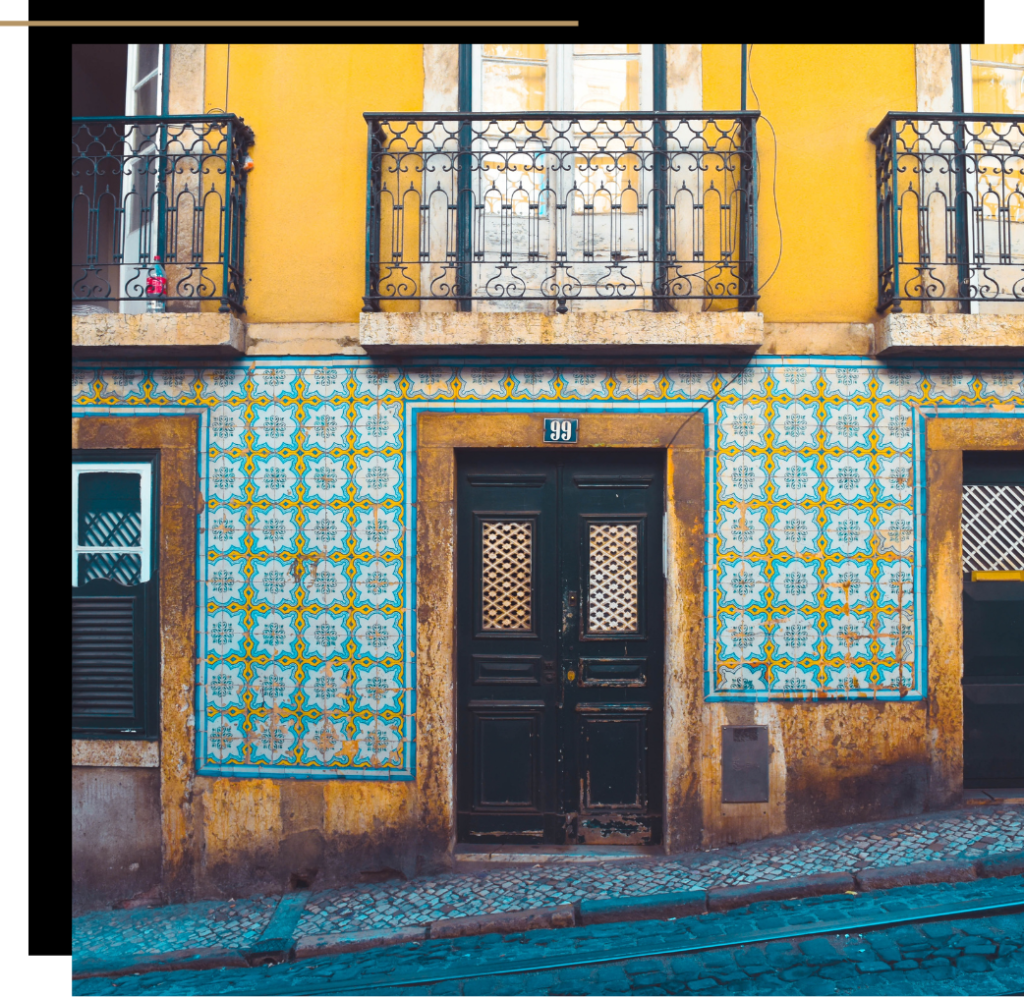
Alfama
Alfama is one of the most charming neighborhoods in Lisbon for digital nomads. It’s as pretty as a picture with its old houses, cobbled streets and winding alleyways. In 1755, a huge earthquake destroyed a lot of the city and Alfama was one of the only areas to survive. Therefore, it’s a vital part of Lisbon’s heritage and the city’s most historic buildings are here.
This neighborhood is also known for its boutique stores and array of artisan cafes. There’s a new culture experience around every corner. I should also mention that Alfama is located on the slope of a hill, so you might find yourself out of breath at times but your glutes will look great. On average, a one-bedroom apartment in Alfama costs around €700-€1000 per month.
Principe Real
Another Insta-worthy neighborhood, Principe Real offers digital nomads a relaxed pace of life. This is one for every who’s ever dreamed of living in a pastel apartment in a sleepy neighborhood and spending their days in aesthetically-pleasing cafes… which I think is pretty much everyone? Principe Real offers digital nomads beautiful views of Lisbon and an ever-expanding restaurant scene. If you consider yourself a foodie, you need to check this area out.
You’ll pay a little more to live in upmarket Principe Real but for some, it’s a price worth paying to live in such an idyllic neighborhood. You can expect to pay €900-€1200 per month for a furnished one bedroom apartment.


Amazing Luxury Airbnbs in Lisbon
An Airbnb is perfect for your first month in Lisbon whilst you find a long-term rental, or if you’re only planning on being here for a short while. Here are a couple of excellent choices I’ve discovered:
Airy, Elegant Apartment in Alfama
I’m a little obsessed with this beautiful, sophisticated apartment in Alfama. It’s almost regal!

Sleek, Artful Top-Floor Apartment with City and River Views from the Terrace
A quiet and tastefully decorated top-floor apartment in uber-desirable Principe Real? What’s not to love?
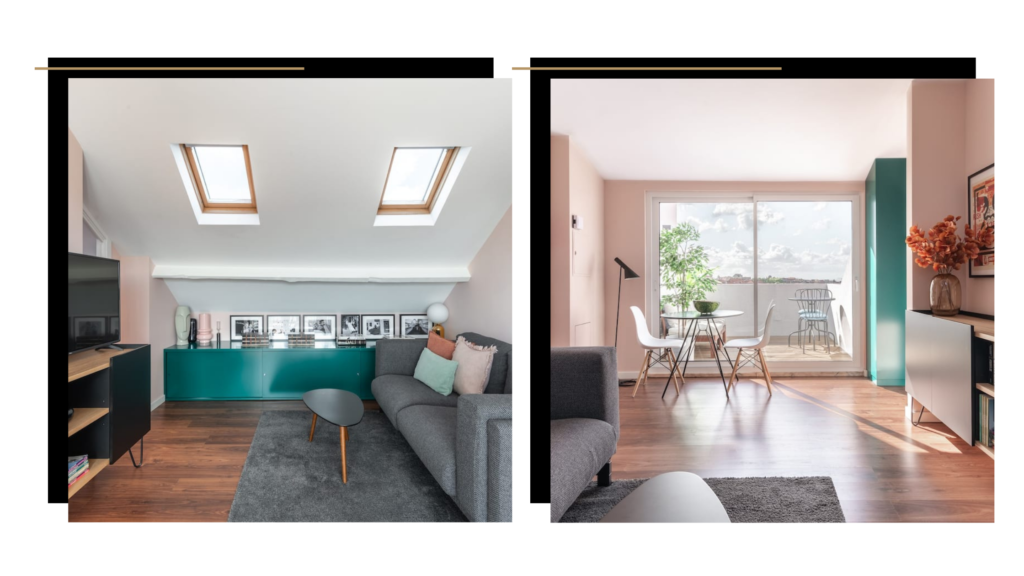
Nice Apartment – Cais Do Sodre
This modern, spacious and homely apartment has everything you need to settle into the city. Plus, it’s really close to the Time Out Food market.
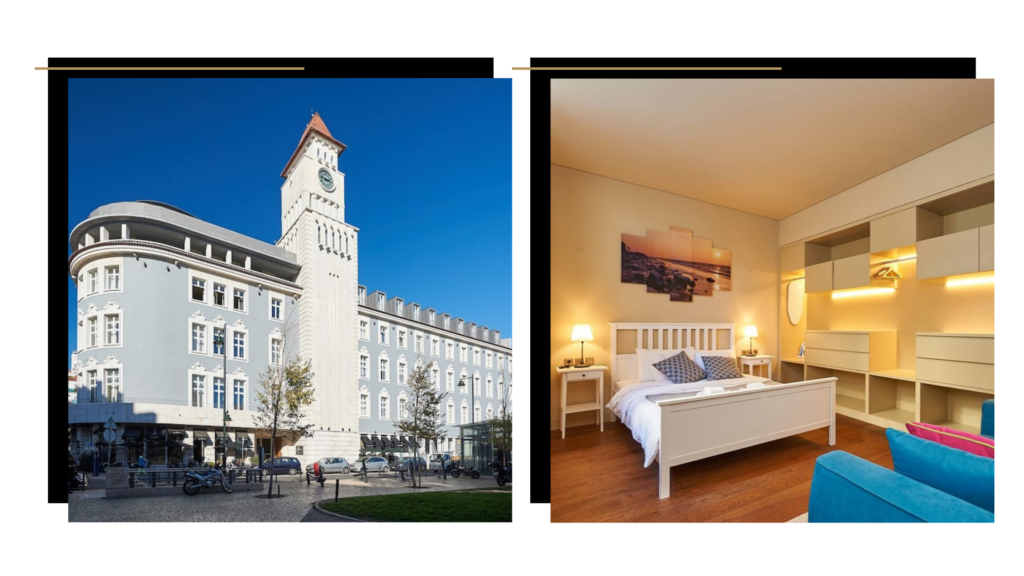

How to Find a Long-Term Rental in Lisbon
In order to find a long-term rental in Lisbon, I highly recommend Idealista. It’s a reliable real-estate website with lots of great options.
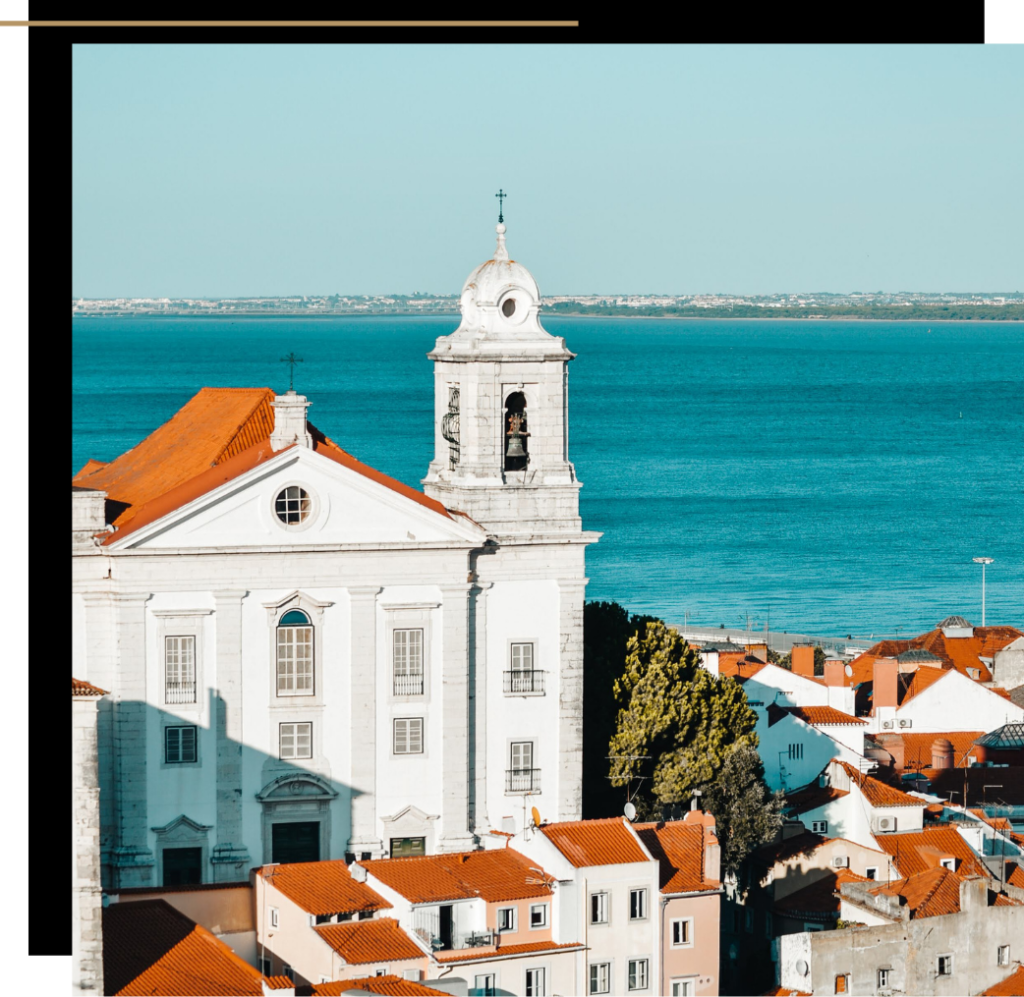

Coworking Spaces in Lisbon for Digital Nomads
Cowork Central – Cais do Sodre
This popular coworking spot offers a great balance between productivity and community. You can get your head down and work without interruption but it’s still a great place to meet fellow nomads. The coffee here is really good and there are plenty of great lunch spots nearby.
Price: €50/week, €175/month or €250 for two months for a reserved desk.
Second Home – Time Out Market
At first glance, you’d be forgiven for thinking that Second Home is a greenhouse rather than a coworking space because there are just that many plants all over the place. Second Home is very committed to sustainable business practices and places an emphasis on green tech. Membership to this funky workspace includes all sorts of activities, such as yoga, charity events and surf lessons. You’ll also benefit from brand partner discounts and be able to leverage Second Home’s extensive professional network.
Price: €235/month, for a roaming membership or €340/month for a resident desk

Rocket Hub
Rocket Hub is popular with freelancers and startups. Somehow, it doesn’t feel quite as millennial as the other two options but fear not, it’s got everything you could need from a coworking space, such as fast internet, free coffee and plenty of community events
Price: €249/month for a dedicated desk

And there we have it: my guide on living the high life in Lisbon for digital nomads! For more on remote work, why not check out my digital nomad guide to Chiang Mai or this list of the best online jobs?


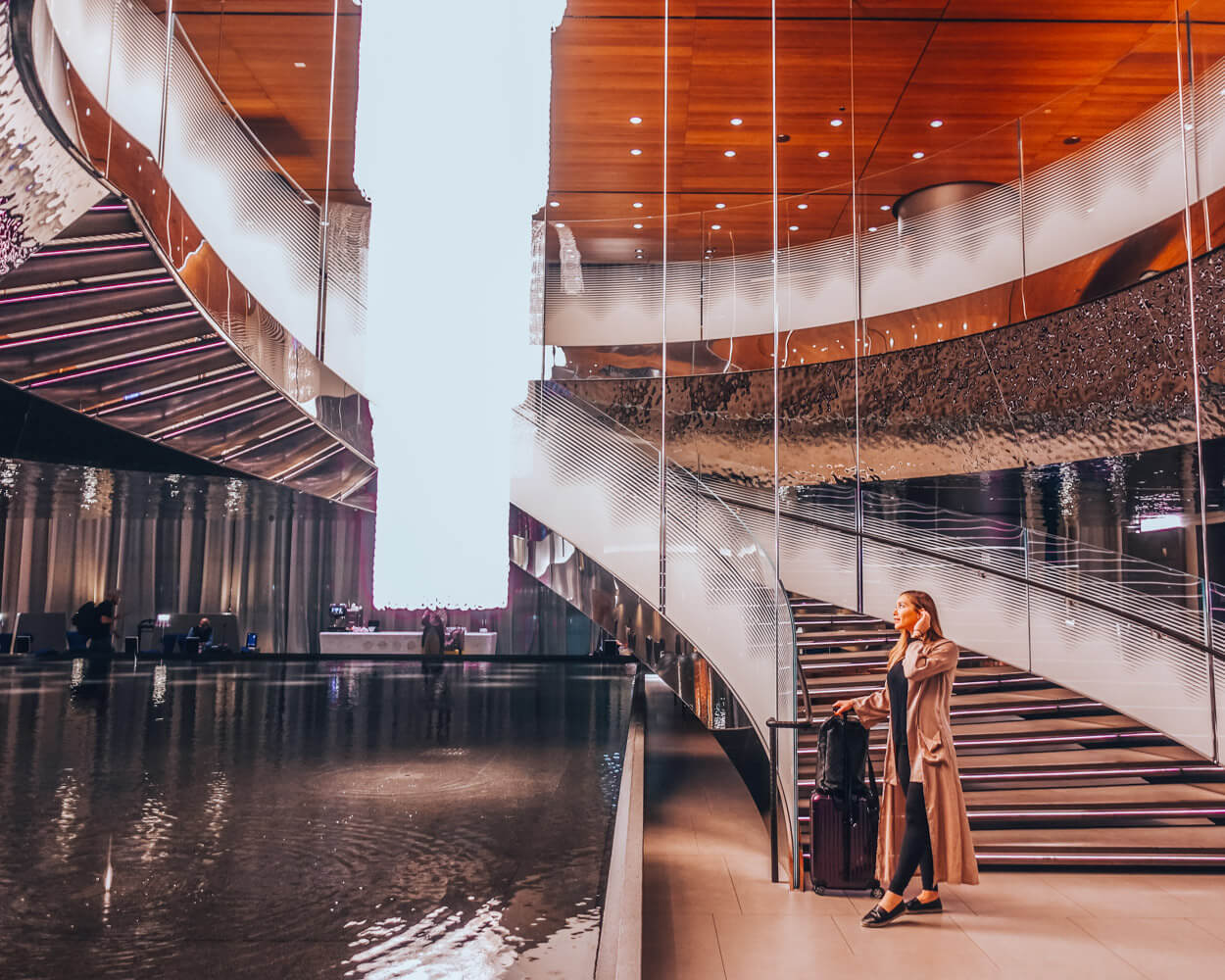

[…] For more on European travel, check out my list of the best wellness retreats in Greece. And don’t miss how to live it up as a digital nomad in Lisbon. […]